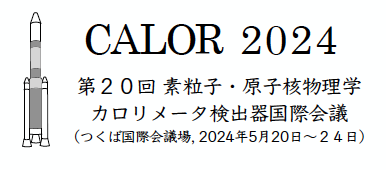Speaker
Description
Secondary electron emission is the primary signal formation and/or amplification technique utilized in accelerator beam monitors and photomultiplier tubes where incident energetic particles cause ejection of additional electrons from a secondary emission surface. The materials employed as surfaces for secondary electron emission have demonstrated exceptional resistance to radiation, making them suitable for serving as the active media in radiation-hard calorimeters. With this motivation, we developed dedicated secondary electron emission sensor modules, tested them with particle beams and developed Monte Carlo simulations to predict the performance of large-scale calorimeters. Here, the details of the sensor modules and the results of the beam tests and simulations will be discussed.
Recently, we have applied high secondary emission yield materials, Al$_2$O$_3$ and TiO$_2$, as surface coatings on the anode plates of one-glass resistive plate chambers developing the so-called hybrid resistive plate chambers. The beam test results manifestly show the contribution of the secondary emission layer on the overall electron multiplication in the gas gap. The measurements also enable preliminary assessment of the secondary emission principle in thin Al$_2$O$_3$ and TiO$_2$ layers in a particle shower/avalanche environment and the development of Monte Carlo simulations. Here we describe the details of the direct utilization of the secondary electron emission surfaces and the impact of the findings on future implementations.
